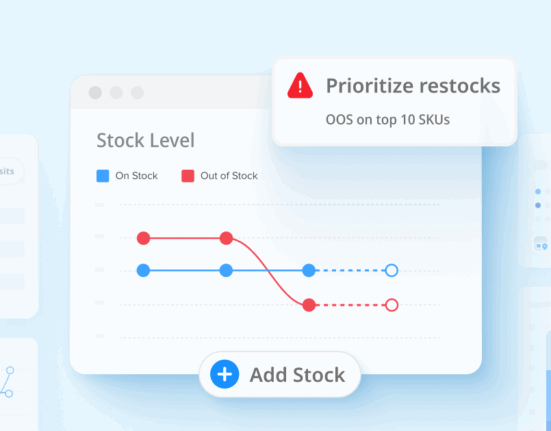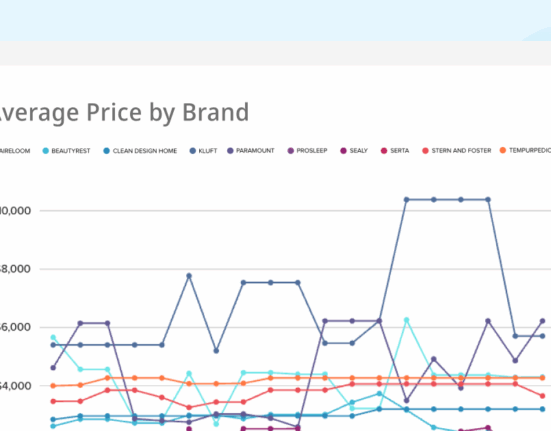In speaking with brands attempting to control online pricing with MAP monitoring and enforcing strategies, we hear that they have hit points in the process where this felt like an uphill battle. Countless hours in tracking and formatting violation notices, follow-ups and the ultimatums on “Strike 3.”
Here are a few ways to take the edge off:
Promotional MAP Strategy
Off-season, the holidays and the end-of-product life cycle are natural times for price reductions. Not all the time, but sometimes if you can’t beat ’em, join ’em. Give retail partners a break and if they must discount, allow them to within boundaries. A promotional minimum advertised price (MAP) is important to create an even playing field.
Make sure your monitoring service accommodates adopting to the promotional MAP pricing for accurate data collection and no false positives. Keep the promotional time period brief and designate a clear end date. For end-of-life products, keep the new promotional price in place or allow a further discount—but not to the point where it reflects poorly on your brand image.

Not All Products Are Equal
Keep your best seller and A-products under a tight lock in both pricing and positioning. When and where shoppers see your product is as important as what the advertised price is. Allow retail partners to use your A-product image in a promotion, but never in promotional pricing. If you allow a promotion on all products during key seasons, protect your most important products by keeping them on a strict MAP policy.
Set a New Standard
If your brand is equipped to run an official eCommerce website, give retail partners a leg up by pricing at full MSRP. Your “everyday” price will set the standard and anyone compliant with MAP is competitive to win the sale. Yes, you’re taking one for the team, but it’s for the greater good of the brand. Communicate this clearly as part of your MAP strategy to show support to your wholesale channel.
Final Thoughts
Every brand is unique in its strategy and capacity to manage its omnichannel. There is no silver bullet, but every quarter and every year is a new opportunity to test a new way to improve. Researching and committing to a strategy should be an organization-wide initiative.
Change is painful, but the cost of not changing can be even more so. Try something different, face the challenge, and get involved with your brand strategy with a hands-on approach.









